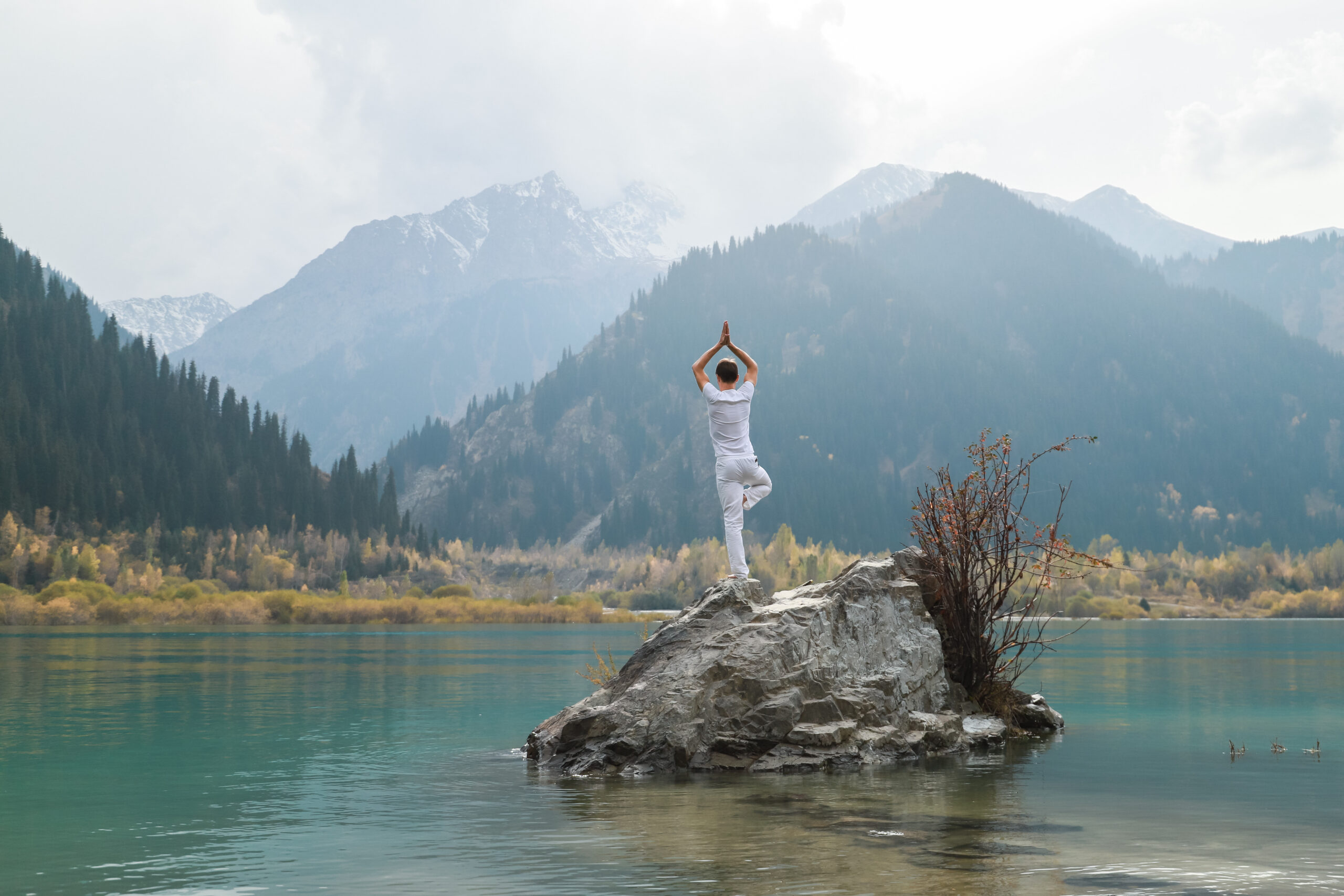If you’re dealing with the symptoms of post-traumatic stress disorder (PTSD), you may feel like you’re stuck in a never-ending cycle of anxiety and distress. But did you know that practicing yoga can help alleviate some of these symptoms? That’s right, the ancient practice of yoga has been proven to have a powerful healing effect on both the mind and body, making it a great tool for those struggling with PTSD. In this blog post, we’ll explore the benefits of yoga for PTSD and delve into some specific poses and techniques that can help you find peace and healing. So grab your yoga mat and let’s get started on the journey to healing together.
The Benefits of Practicing Yoga for People with PTSD
Yoga has become a popular form of therapy for people who suffer from post-traumatic stress disorder (PTSD). The practice of yoga can help individuals manage their symptoms by focusing on their breath and body movements. Yoga encourages mindfulness, which allows people with PTSD to become more aware of their thoughts, feelings, and physical sensations.
By connecting with the present moment, individuals can reduce their stress levels and improve their overall well-being. In addition, yoga can help individuals with building resilience and boost their self-confidence. It is a safe and effective way to manage PTSD symptoms and create a sense of calm and balance in one’s life. Whether it’s practicing yoga poses, meditation or pranayama, incorporating yoga into one’s routine can be a powerful tool in the healing process from PTSD. One particular area where yoga has been shown to be highly beneficial is in helping those struggling with PTSD. By providing both physical and emotional relief, yoga can help individuals experiencing intrusive thoughts, flashbacks, and nightmares associated with PTSD.
Improving Sleep Quality Through Yoga
The relaxation benefits of yoga can also lead to improved sleep, which is often disrupted in those with PTSD. This combination of benefits can make a significant difference for individuals dealing with the challenges of PTSD. Whether it’s through a guided yoga class or individual practice, incorporating yoga into one’s routine can be a valuable tool for coping with this condition.
All in all, yoga has proven to be a beneficial tool for those who suffer from PTSD. By providing a means to connect the mind and body, yoga helps individuals manage anxiety and stress, improve their sleep quality, and increase overall well-being. Additionally, yoga can serve as an avenue to process difficult emotions in a safe and supportive way, allowing people with PTSD to work through their trauma in a healthy manner. This holistic approach is often more effective than traditional therapy alone, providing a sense of empowerment and self-awareness. With continued research and support, yoga can continue to serve as a valuable resource for those living with PTSD, improving their quality of life and mental health.
Understanding How Yoga Assists in Healing From PTSD
PTSD is a debilitating mental health condition that affects millions of people worldwide. Understanding how yoga can provide relief for individuals suffering from PTSD is crucial as it can have a significant positive impact on mental health. Yoga has been shown to be an effective way to reduce symptoms of PTSD, including anxiety, fear, and social isolation. Practicing yoga can help to calm the mind, regulate breathing, and reduce stress levels. In addition, the physical postures and movements in yoga can help to release tension and promote relaxation. By incorporating yoga into their treatment plan, individuals with PTSD can experience a greater sense of control over their symptoms and improve their overall quality of life.
Also, yoga is known to help individuals with PTSD by promoting mindfulness and self-awareness. By learning how to focus on the breath and body movements, individuals can learn to better regulate their emotions and become more present in the moment. This is especially beneficial for those with PTSD, as they are often plagued by intrusive thoughts and memories. Furthermore, the practice of yoga can provide a sense of community and social support for those who may feel isolated due to their experiences. Overall, while yoga should not replace traditional treatments for PTSD, it can be a valuable complementary practice for those looking to manage their symptoms and improve their overall well-being.
Final Say
In conclusion, practicing yoga can have a profound impact on the symptoms of PTSD. By incorporating yoga into your daily routine, you can find relief from anxiety, depression, and stress. Whether you choose to practice alone or with a group, it’s important to remember that healing is a journey. Don’t expect overnight results and be patient with yourself. With time, dedication, and a willingness to explore your body and mind, you’ll find the peace and healing you deserve. So take the first step and grab your yoga mat. The journey to healing starts now!


Comments